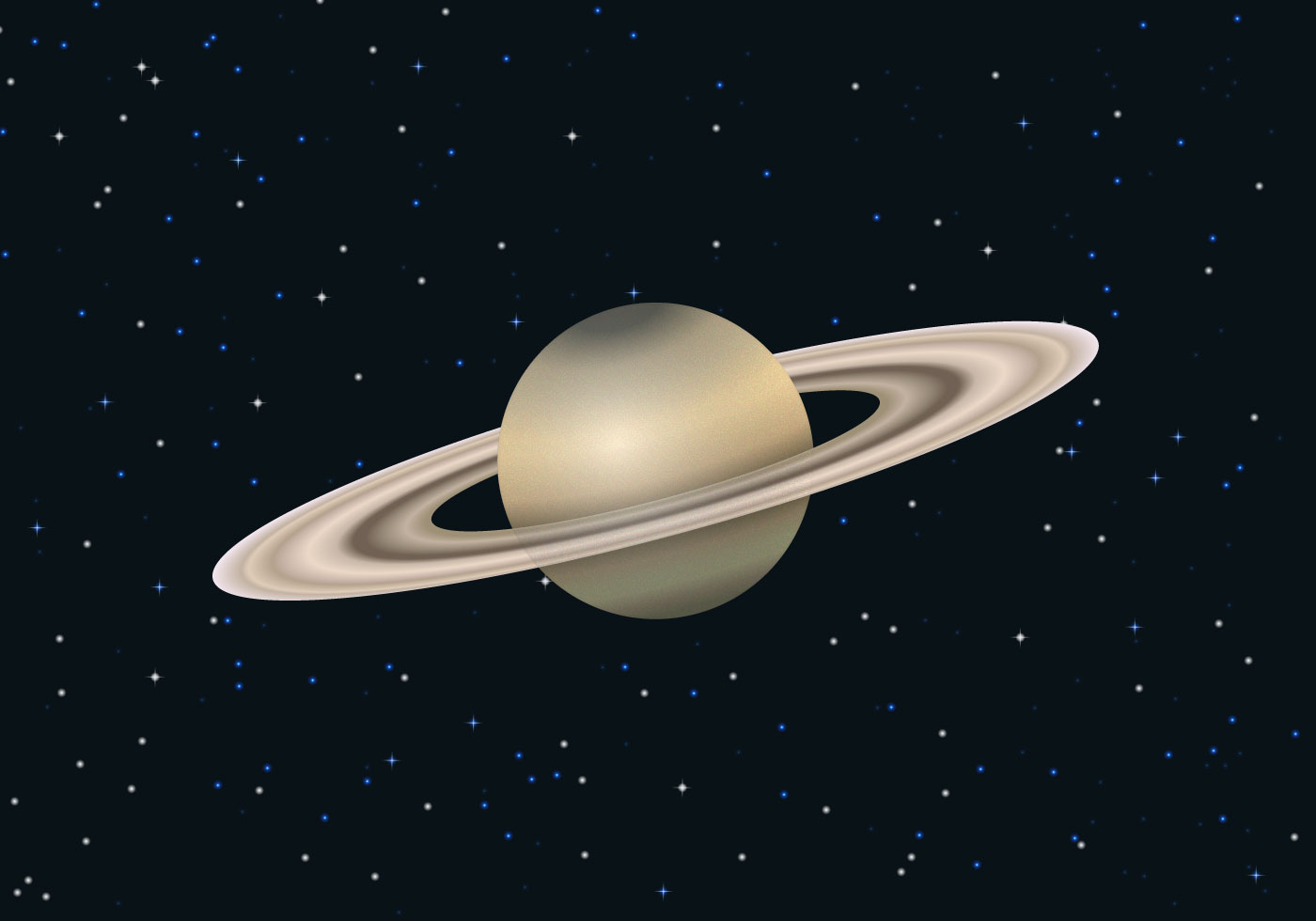
This circumstantial evidence for a distant belt of bodies in the same region as Pluto drove observers back to their telescopes in search of undiscovered, faint objects. In the late 1980s, scientists determined that only something like the Kuiper Belt could explain why short-period comets orbit so close to the plane of the solar system. This concept, which became known as the Kuiper Belt, appeared in scientific literature for decades, but repeated searches for this myriad population of frosty worlds came up short. 1) 2) 3)īy the 1950s, some researchers, most notably Dutch-American astronomer Gerard Kuiper, had suggested that Pluto was not a lone oddity but the brightest of a vast collection of objects orbiting beyond Neptune. Distant Pluto was an icy stranger in a strange orbit. The other planets fit neatly into the known architecture of the solar system – four small, rocky bodies in the inner orbits and four gas giants in the outer orbits, with an asteroid belt in between. The rest of the material escapes into space and becomes part of Saturn’s E-Ring.New Horizons Mission Spacecraft Launch Sensor Complement Mission Status Referencesįor decades after American astronomer Clyde Tombaugh discovered Pluto in 1930, this small world was considered an oddity. Some of this water vapor falls back and becomes a coating of fresh snow on Enceladus. As heat rises to the surface, it also causes large amounts of water to burst through the ice in the form of geysers. The warm subsurface ocean partially melts ice on the surface, creating the large cracks and fissures we can see today. This heat melts subsurface ice to form an underground ocean that could be ten times deeper than the deepest ocean on Earth. This flexing creates friction within the core of Enceladus, which melts subsurface rock and releases heat. This gradually flexes Enceladus, stretching the moon when it’s far and compressing it when it’s close. As Enceladus orbits Saturn, the gravity of the gas giant pulls on the small moon. With the sun being too far away to supply enough heat, astronomers looked to Saturn. For such a small world to be so active suggests that Enceladus is being supplied with large amounts of energy. That’s why most moons, such as our own, are covered in craters and lack any evidence of recent activity. This came as a surprise, being that tiny worlds such as Enceladus tend to release their heat to space fairly quickly.

Geysers are generally indicators that a world is volcanically active, which suggests that the interior of Enceladus is very warm. The region was named the Tiger Stripes after the large stripes streaking across the South Pole. This water was being blasted out of gigantic geysers located around the South Pole of Enceladus. Closer observations revealed that Enceladus was in fact releasing vast amounts of water vapor into space. The South Pole of Enceladus seemed to be ejecting some kind of material into space. The South Pole of Enceladus turned out to be its most interesting feature, and thus it was observed by Cassini on multiple occasions. Cassini revealed a world stranger than science fiction. Enceladus was one of Cassini’s more frequently visited worlds. Cassini would orbit Saturn for over a decade, taking some of the most stunning images of the ringed planet and its moons. NASAĭespite the success of the Voyager missions, a lot was still unknown about Enceladus. Enceladus orbits Saturn at an average distance of 148,000 miles (238,000 kilometres) and completes one orbit every 33 hours.Īn Active Moon Image of Enceladus taken by the Cassini spacecraft.

Enceladus is the sixth largest moon in the solar system with a diameter of 310 miles (500 kilometres). Since Enceladus reflects most of the sunlight that hits it, its surface temperature is exceedingly cold, averaging at minus 324 degrees Fahrenheit (minus 198 degrees Celsius). In fact, Enceladus is the most reflective world in the solar system. The surface of Enceladus was covered in ice. What astronomers found was a world unlike anything they’d ever seen.

Despite its existence being known for over two centuries, everything about Enceladus was a mystery until the Voyager flybys in the early 1980s. Enceladus was discovered by the astronomer William Herschel in 1789, and was named Enceladus by his son. Perhaps one of the most intriguing moons in the solar system is Saturn’s moon, Enceladus. Our solar system is home to a number of strange, intriguing moons.


 0 kommentar(er)
0 kommentar(er)
